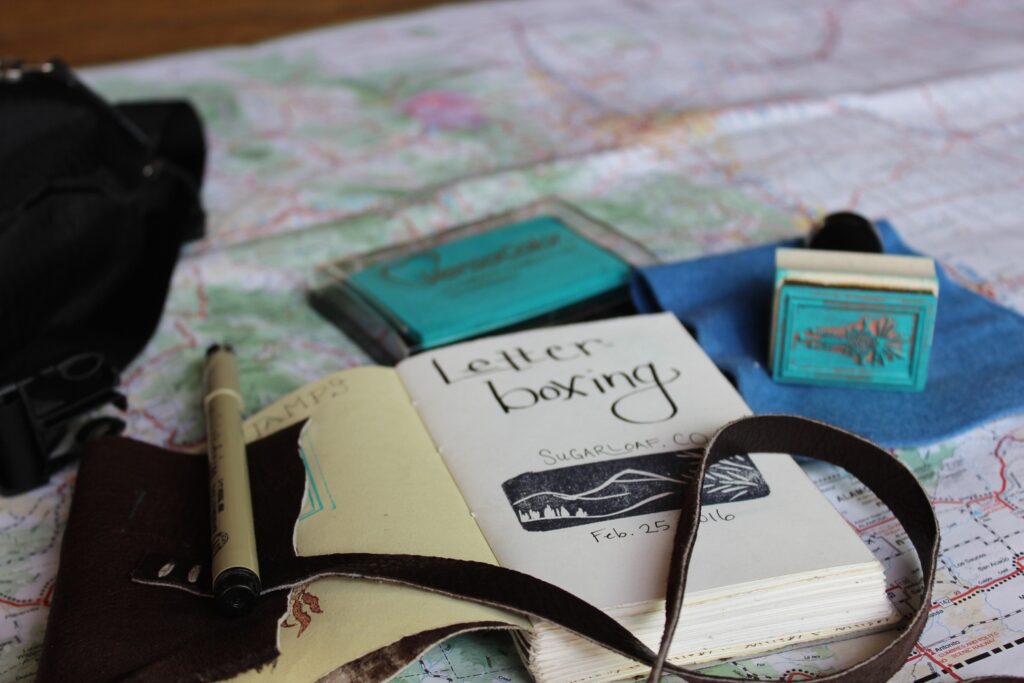In the age of digital communication, where emails, instant messaging, and social media dominate our interactions, there exists a charming and somewhat whimsical hobby that harks back to a simpler time. Letterboxing, a blend of treasure hunting, art, and exploration, has been captivating enthusiasts around the world for decades. In this article, we’ll delve into the fascinating world of letterboxing, exploring its origins, how it works, and the unique appeal it holds for those who partake in this intriguing pastime.
The Origins of Letterboxing
Letterboxing can trace its roots to Dartmoor, a vast and picturesque national park in Devon, England. The story begins in 1854 when a Victorian guide named James Perrott left his calling card in a jar on Cranmere Pool, a remote location on the moor. He invited others to add their cards, creating a kind of informal visitor log. This practice evolved over the years, leading to the creation of a more organized system by the early 1900s.
In 1938, a Dartmoor resident named William Crossing placed a guidebook near Cranmere Pool, inviting visitors to record their passage by leaving a postcard in a tin. This laid the foundation for what we now recognize as letterboxing. Over time, the tradition expanded beyond Dartmoor, and the concept crossed international borders, captivating a global audience.
How Letterboxing Works
At its core, letterboxing is a form of treasure hunting that combines elements of orienteering and puzzle-solving. The basic premise involves participants, known as letterboxers, using clues and a set of coordinates to locate hidden containers, commonly referred to as letterboxes. These containers typically include a logbook and a rubber stamp.
The process begins with someone creating a letterbox and hiding it in an outdoor location, often in a scenic or interesting spot. The hider then crafts clues to help others find the hidden treasure. These clues can take various forms, including riddles, puzzles, or even GPS coordinates.
Letterboxers, armed with the provided clues, embark on a quest to find the hidden container. Once located, they use their personal rubber stamp to mark the letterbox’s logbook with a unique impression. In return, letterboxers use the stamp within the hidden container to mark their personal logbooks, creating a trail of their letterboxing adventures.
The Unique Appeal of Letterboxing
Outdoor Exploration
One of the primary attractions of letterboxing is the opportunity it provides for outdoor exploration. Letterboxes are often hidden in scenic or historically significant locations, encouraging participants to venture into nature and discover hidden gems they might otherwise overlook.
Artistic Expression
The inclusion of rubber stamps in letterboxing adds an artistic element to the hobby. Letterboxers often design and carve their unique stamps, reflecting their personal interests and creativity. The result is a collection of intricate and diverse stamp impressions in logbooks, serving as a tangible record of one’s letterboxing journey.
Community and Collaboration
Letterboxing fosters a sense of community among enthusiasts. Online platforms and forums allow letterboxers to share their experiences, exchange clues, and connect with like-minded individuals. Some letterboxes even encourage collaboration, requiring teamwork to decipher complex clues and locate hidden treasures.
Nostalgia and Tradition
In an era dominated by digital communication, letterboxing harks back to a time when handwritten letters and physical exploration were the norm. The tradition and nostalgia associated with letterboxing appeal to those seeking a break from the fast-paced, technology-driven world.
Puzzle-solving Challenge
The clues provided in letterboxing often involve puzzles and riddles, adding an intellectual challenge to the adventure. Letterboxers enjoy the mental stimulation that comes with deciphering clues and successfully locating hidden containers, making it a rewarding and engaging pursuit.
Conclusion
Letterboxing stands as a testament to the enduring allure of simple, outdoor adventures and the joy of discovery. From its humble beginnings on Dartmoor to a global phenomenon, this hobby continues to captivate individuals seeking a unique blend of exploration, art, and community.
As the world becomes increasingly connected through digital means, the timeless charm of letterboxing offers a refreshing counterpoint—a reminder of the pleasures found in the physical world, where every hidden letterbox tells a story waiting to be uncovered. Whether you’re a seasoned letterboxer or a newcomer eager for a novel outdoor experience, this treasure hunt awaits, promising a journey filled with art, exploration, and the thrill of discovery.







